Bushfire victims slam royal commission: ‘A lot of hot air and arse-covering’
Victims who lost their homes in the Black Summer bushfires have slammed the royal commission report into future disaster management, describing the inquiry as ‘a lot of hot air and arse-covering’.
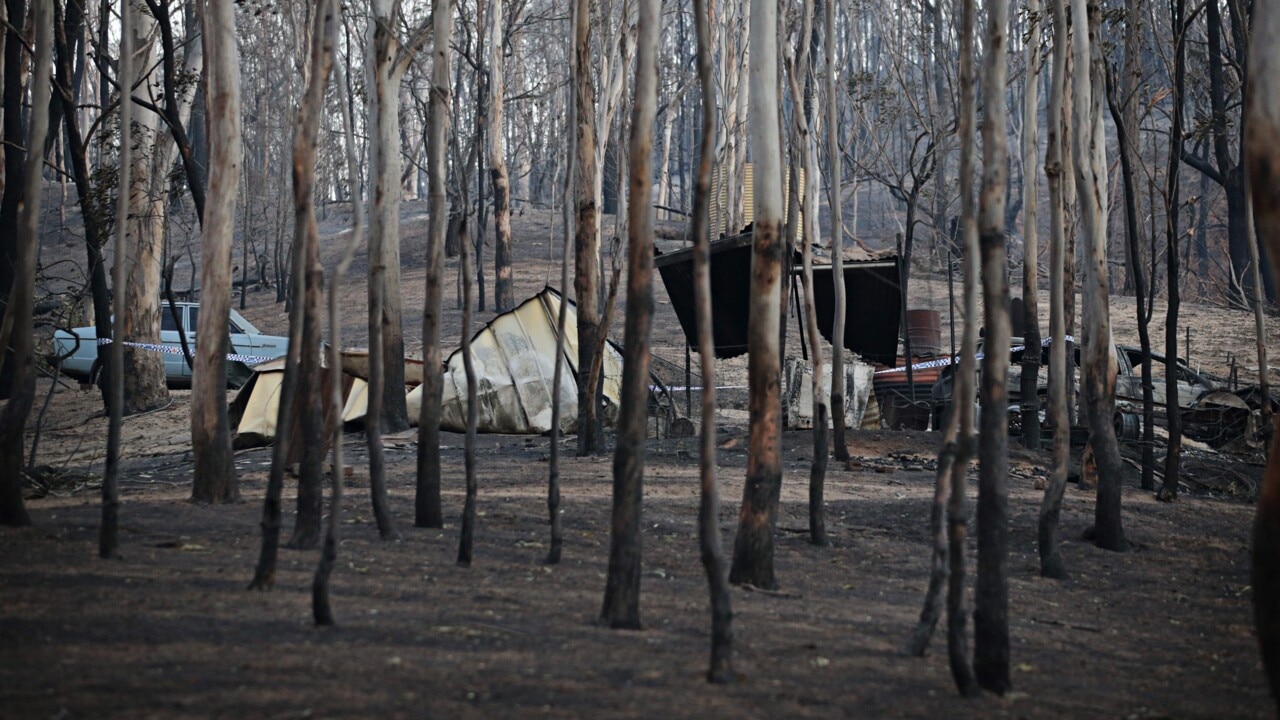
NSW
Don't miss out on the headlines from NSW. Followed categories will be added to My News.
Victims who lost their homes in the Black Summer bushfires have slammed the royal commission into future disaster management as ‘a lot of hot air and arse-covering’.
Mechanic Warren Smith read Friday’s royal commission report from his caravan last week — a year after fire flattened his home — and was left disappointed by vague and impractical recommendations.
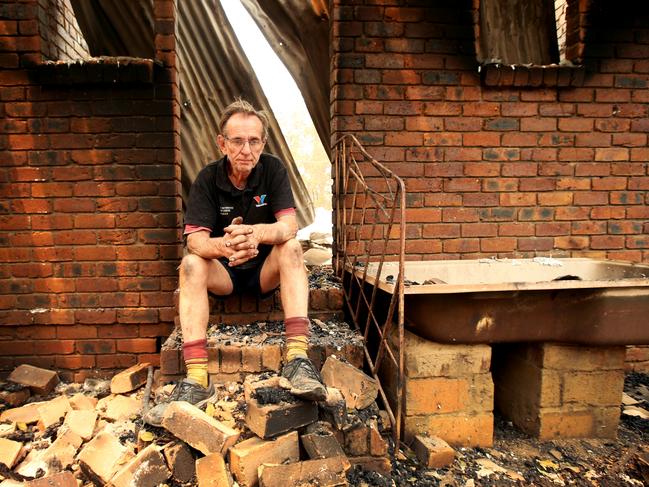
“The royal commission was a lot of hot air and an arse-covering exercise,” the Coffs Harbour man said. “It’s been a bloody woeful process to rebuild my home and there’s nothing in the royal commission that will help me.”
Mr Smith was also scathing of the Fires Near Me app, which did not display the Liberation Trail Fire burning in his area until a fortnight after it had razed his home.
The royal commission report said the app was not accurate enough, too slow and lacked key details.
MORE NEWS
Skaife’s moment of fear: ‘The car was about to light up’
Outrage over Hillsong pastor’s quarantine ‘super suite’
‘I’m going to f**king kill you and your stupid kids’
“People were very confused,” Balmoral Village Rural Fire Service captain Brendon O’Connor said.
The veteran firefighter welcomed the report’s recommendation to create a national database to better track and share personnel and equipment.
The Balmoral Village firefighters were run ragged during a herculean battle with the Black Wattle Creek fire southwest of Sydney.
“You’re only meant to do 12-hour shifts on the fire ground, but we were routinely doing between 18 and 20-hour shifts and at one point a few of us almost went two days straight,” he said.
THINK BLACK SUMMER WAS BAD? THERE’S WORSE TO COME
Australians need to brace themselves for worsening bushfires, with last season’s “Black Summer” blazes a “glimpse” of what is to come, a national disaster report has warned.
No longer can firefighting authorities rely on hazard reduction as the “panacea” in preventing blazes, with fires burning under extreme weather conditions fast, unpredictable and sometimes creating their own storms.
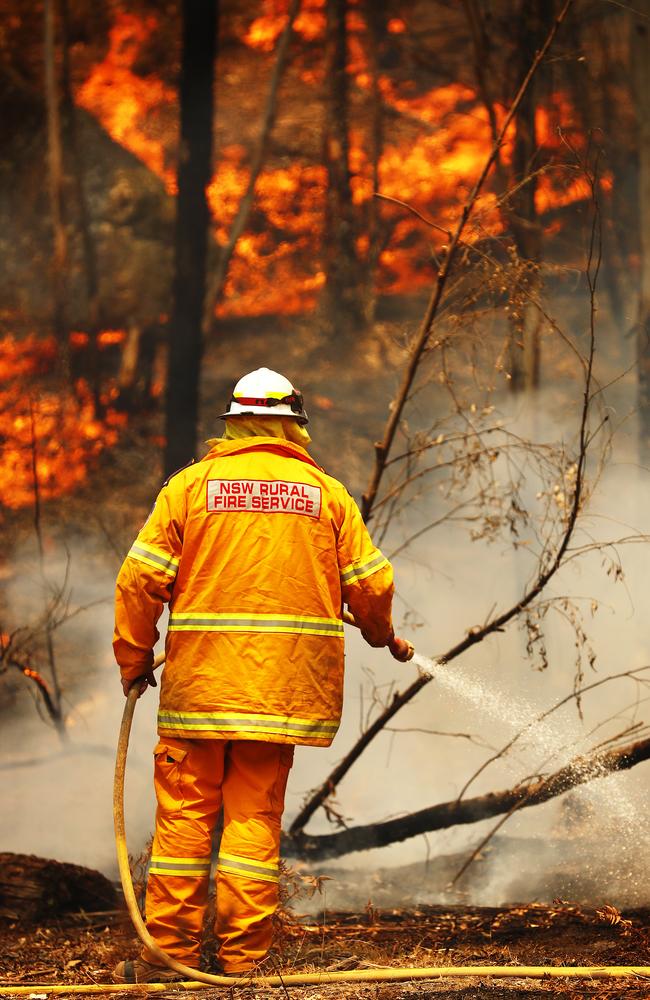
Painting a sobering picture of what the future may look like, the Royal Commission into National Disaster Arrangements warned state and territories that refusing to adapt meant the potential to be overwhelmed when disaster struck.
The sweeping recommendation included overhauling fire management with a national aerial firefighting fleet and resources register, adopting an Australia-wide emergency declaration, and a permanent natural disaster resilience and recovery body.
A “national cabinet” not unlike the one set up for COVID-19 has also been recommended, along with improved apps and dumping the three-level bushfire “watch and act” warning system.
And while there are no recommendations to pay volunteers — the majority did not want payment — the report urged governments to ensure they did not suffer financially during long fire seasons.
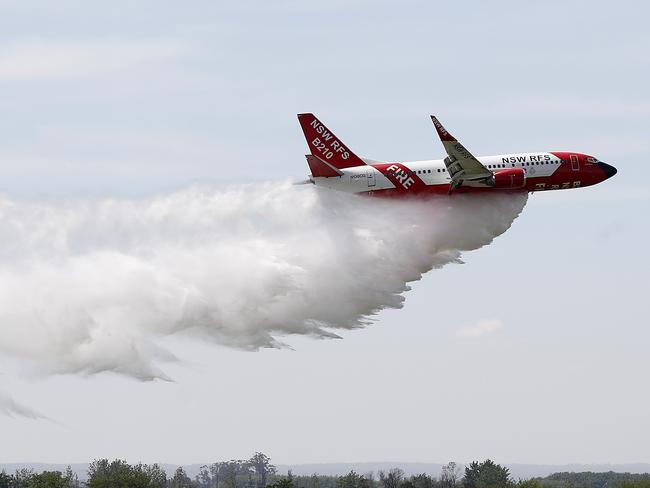
In the 2019-20 Black Summer more than 24 million hectares were burnt in some of the most violent fires to have ever swept large parts of Australia, claiming the lives of 33 people.
About 3000 homes were destroyed, along with nearly 3 billion animals, including many species already on the brink of extinction.
Estimates of the national financial impacts totalled more than $10 billion.
While focused on the practical ways authorities could prepare for future fires and other disasters, the report had one prevailing message: “Australia needs to be better prepared.”
It warned that state and territory governments who took the position during the inquiry that they would maintain the “status quo” risked overwhelming resources to the point they could not “effectively respond to, or recover from, a natural disaster”.

Extreme weather had already become more frequent and intense because of climate change, with further global warming over the next 20 to 30 years “inevitable”, the report said.
“We are likely to see more compounding disasters on a national scale with far-reaching consequences,” it said.
“Some may involve multiple hazards — fires, floods and storms. Some have cascading effects — threatening not only lives and homes, but also the nation’s economy, critical infrastructure and essential services, such as our electricity, telecommunications and water supply, and our roads, railways and airports.
“Australia needs to be better prepared for these natural disasters.
“The summer of 2019-2020 — in which some communities experienced drought, heatwaves, bushfires, hailstorms, and flooding — provided only a glimpse of the types of events that Australia may face in the future.”
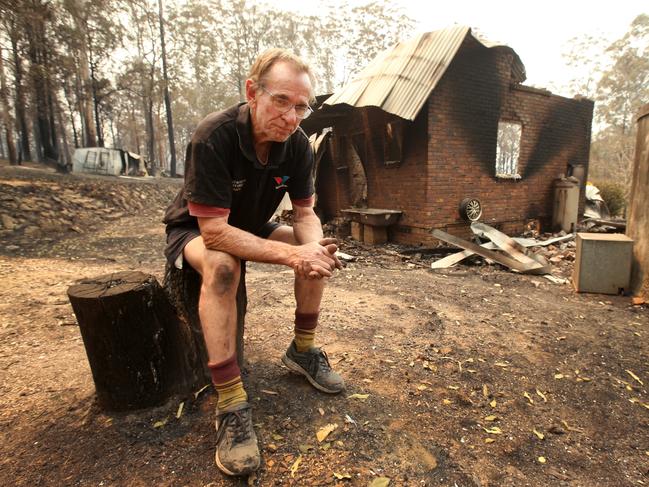
So severe were some of the blazes last summer that they created an unprecedented number of “firestorms”, or pyrocumulonumbis events, which were associated with “extraordinarily destructive behaviour”, the report said.
In these extreme conditions where fire behaviour became unpredictable, hazard reduction — or “prescribed burning” — was not the panacea to reducing the bushfire risk, it said.
However fuel reduction remained an important measure in slowing down the rate of spread and intensity of a blaze.
In recommending a national approach to disasters, the report highlighted how the federal government could provide logistic support, help transport personnel and equipment during and after disasters, assist in large-scale evacuations, and provide food, water and medical assistance to emergency responders and communities.
With fire seasons set to become longer and more severe, developing a national aerial firefighting capability would ensure authorities would not have to struggle to access aviation services at short notice, the report said.
Such a fleet would supplement the aerial firefighting capability of the states and territories.
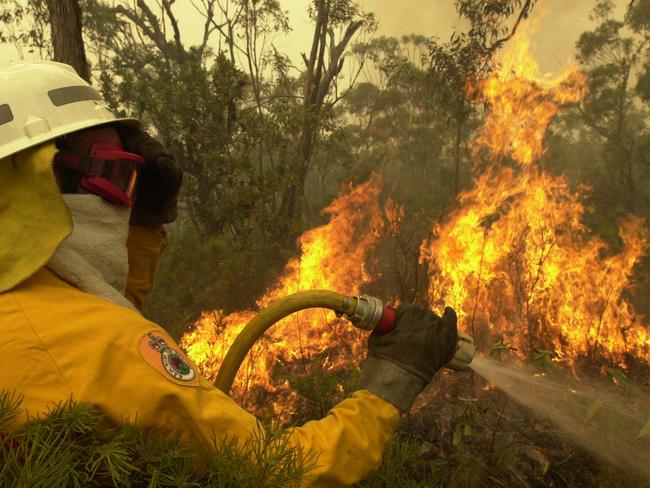
The prime minister should also be able to declare a state of national emergency to signal the severity of a disaster, while putting agencies such as the Australian Defence Force on “high alert”, while a forum such as a national cabinet could guide long and short-term decisions.
A permanent resilience and recovery agency was also needed, rather than the current short-term approach, while sharing resources across borders was now “critical”.
Drastic improvements to technology were also needed, with the report citing examples where firefighters helping out in other states had struggled to communicate.
An overhaul was also needed on the “confusing” and “inconsistent” information provided to the public, with inconsistency across states and territories in relation to bushfire warnings, fire danger ratings, and the “names and functions of various types of evacuation centres and
shelters”.
“Inconsistencies across jurisdictions can be confusing, upsetting, and sometimes even dangerous,” it said.
Homeowners also needed “clear risk information” to help guide where they bought properties, and how to design and build homes and manage land.
The report suggested sellers might be required to disclose this type of information to prospective purchasers.
Authorities also urged to explore better evacuation options.
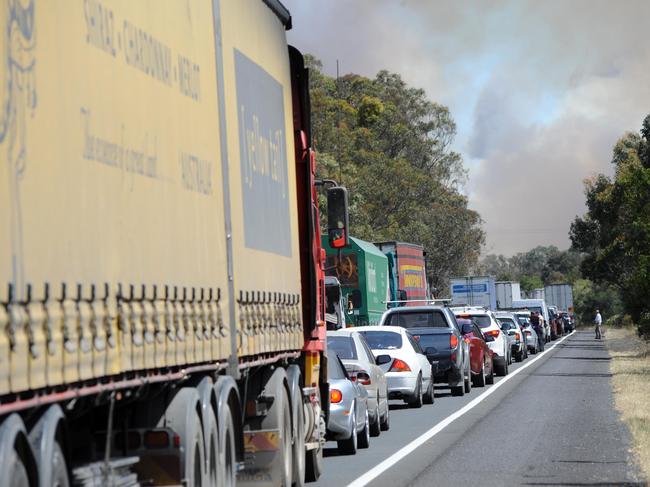
The report was scathing in its assessment of the bushfire warning system, declaring the
progress to develop the replacement Australian Warning System (AWS) as “glacial”.
The Fire Danger Rating System found along many roadsides was “scientifically outdated”, while the Bushfire Warning System – which included the “confusing” watch and act alert – caused “significant confusion”.
The report was also critical of apps such as Fires Near Me, which it said were too general and lacked information such as fire direction, wind speed and the time in which a fire may reach a specific location.
Former NSW Fire and Rescue commissioner Greg Mullins urged both the federal and state governments to adopt all 80 recommendations.
“If these recommendations are ignored, we can expect more bushfires like this into the future,” he said.
Emergency Management Minister David Littleproud said the federal government intended to work collaboratively with the states to respond to the commission’s recommendations.

